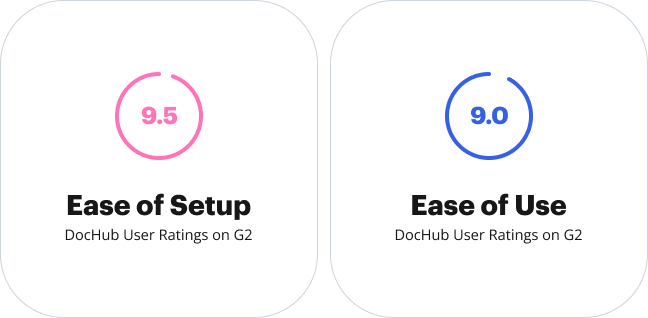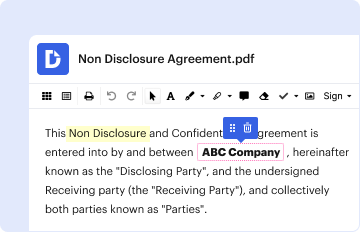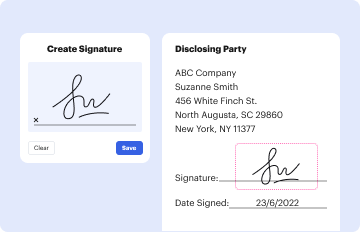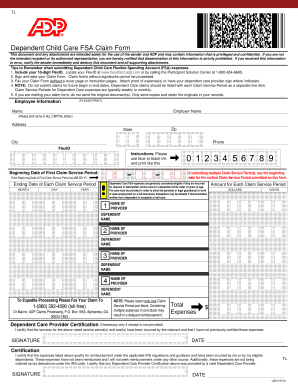Definition & Meaning of the 2016 R&D Tax Credit
The 2016 R&D tax credit is a federal tax incentive aimed at encouraging businesses to invest in research and development activities. It allows qualified companies to offset a portion of their R&D expenditures against their federal tax liability. This credit is available to various businesses, regardless of size or industry, as long as they are engaged in eligible research activities.
Eligible expenses under the 2016 R&D tax credit typically include:
- Wages paid to employees directly involved in research activities.
- Supplies used in the research process.
- Contract research costs paid to third-party providers.
- Rental or leasing costs for equipment used in qualified research.
The goal of the R&D tax credit is to foster innovation and expand the U.S. economy by reducing the financial burden associated with developing new products, processes, or technologies.
How to Use the 2016 R&D Tax Credit
Utilizing the 2016 R&D tax credit involves several steps to ensure compliance and maximize benefits. Here’s a structured approach to using this tax credit effectively:
-
Identify Qualified Activities: Determine if your business engages in eligible R&D activities. These may include developing prototypes, improving existing products, or conducting experiments aimed at technological advancements.
-
Document Expenses: Keep detailed records of all costs associated with R&D activities. This should encompass wages, materials, and any contracted services, ensuring every expense is backed by sufficient documentation.
-
Calculate the Credit: Use the IRS guidelines to compute the amount of credit you can claim based on your qualified expenses. Generally, this requires understanding the Regular Credit method or the Alternative Simplified Credit method.
-
File Form 6765: The primary paperwork for claiming the R&D tax credit is Form 6765, which must be accurately filled out and submitted with your tax return.
-
Maintain Compliance: Ensure ongoing compliance with IRS requirements, including proper documentation and retention of records in case of an audit.
How to Obtain the 2016 R&D Tax Credit
To obtain the 2016 R&D tax credit, a business needs to follow a systematic process:
-
Determine Eligibility: Evaluate if your business activities meet the IRS's definition of qualified research under IRC Section 41, ensuring that your research aims to discover information that is technological in nature.
-
Assess Expenses: Identify and compile all qualifying expenses related to the R&D activities. This could involve engaging with your accounting team or a tax professional.
-
Complete Required Forms: Fill out Form 6765 accurately, detailing your R&D expenditures and ensuring your calculations align with IRS expectations.
-
Submit with Tax Return: File the completed Form 6765 along with your corporate tax return. For pass-through entities, ensure the credit is claimed on the appropriate tax returns for the owners or partners.
-
Consult Professionals: Consider engaging a tax advisor or specialist in R&D tax incentives to help navigate complex deductions or ensure compliance with evolving tax regulations.
Key Elements of the 2016 R&D Tax Credit
Understanding the key elements of the 2016 R&D tax credit can help businesses maximize their claims effectively. The critical aspects include:
-
Eligibility Criteria: All businesses conducting qualified research activities can benefit. This includes small businesses and big corporations alike, with no industry restrictions.
-
Expense Types: The credit applies to qualified wages, supply costs, contract research, and some overhead expenses associated with research activities.
-
Credit Calculation Methods: Businesses can choose between two main methods for calculating the credit: the Regular Credit method, which generally offers a credit of 20% of qualified expenses over a base amount, and the Alternative Simplified Credit, which provides a credit equal to 14% of qualifying expenditures over a base amount from prior years.
-
Documentation Importance: Proper documentation is vital, as it serves to substantiate claims during audits. Keeping detailed records of labor hours, materials used, and results from research projects can prove invaluable.
Important Terms Related to the 2016 R&D Tax Credit
Familiarity with essential terminology surrounding the 2016 R&D tax credit can facilitate a better understanding of how to navigate the claims process. Key terms include:
-
Qualified Research Expenses (QREs): These are the costs directly associated with conducting eligible research activities. They serve as the basis for calculating the credit.
-
Research Activities: Includes systematic investigations aimed at discovering information that is technological in nature. This can encompass various fields such as software development, engineering, and manufacturing.
-
IRS Form 6765: This is the primary form used to claim the R&D tax credit. It requires detailed disclosures about the business's research activities and expenses.
-
Base Amount: A threshold used in calculating the R&D tax credit, determined by a business’s average qualified research expenses in previous years.
Who Typically Uses the 2016 R&D Tax Credit
The 2016 R&D tax credit is utilized by a diverse array of businesses across various industries, including:
-
Technology Firms: Companies developing new software, algorithms, or tech products routinely apply for this credit due to their constant innovation cycles.
-
Manufacturers: Firms involved in product design and manufacturing often qualify, especially if they are improving processes or creating prototypes.
-
Biotechnology and Pharmaceutical Companies: Businesses conducting research related to drug development or biotechnological advancements disproportionately benefit from this credit due to their extensive R&D activities.
-
Engineering Services: Engineering firms that engage in research for developing new methodologies or improving existing systems can claim the credit.
-
Small Startups: Emerging companies in any sector can use this credit as a financial lifeline, encouraging innovation without bearing excessive upfront costs.
Understanding why various types of businesses leverage the 2016 R&D tax credit can help inform how companies might approach their claims and identify applicable expenses.













